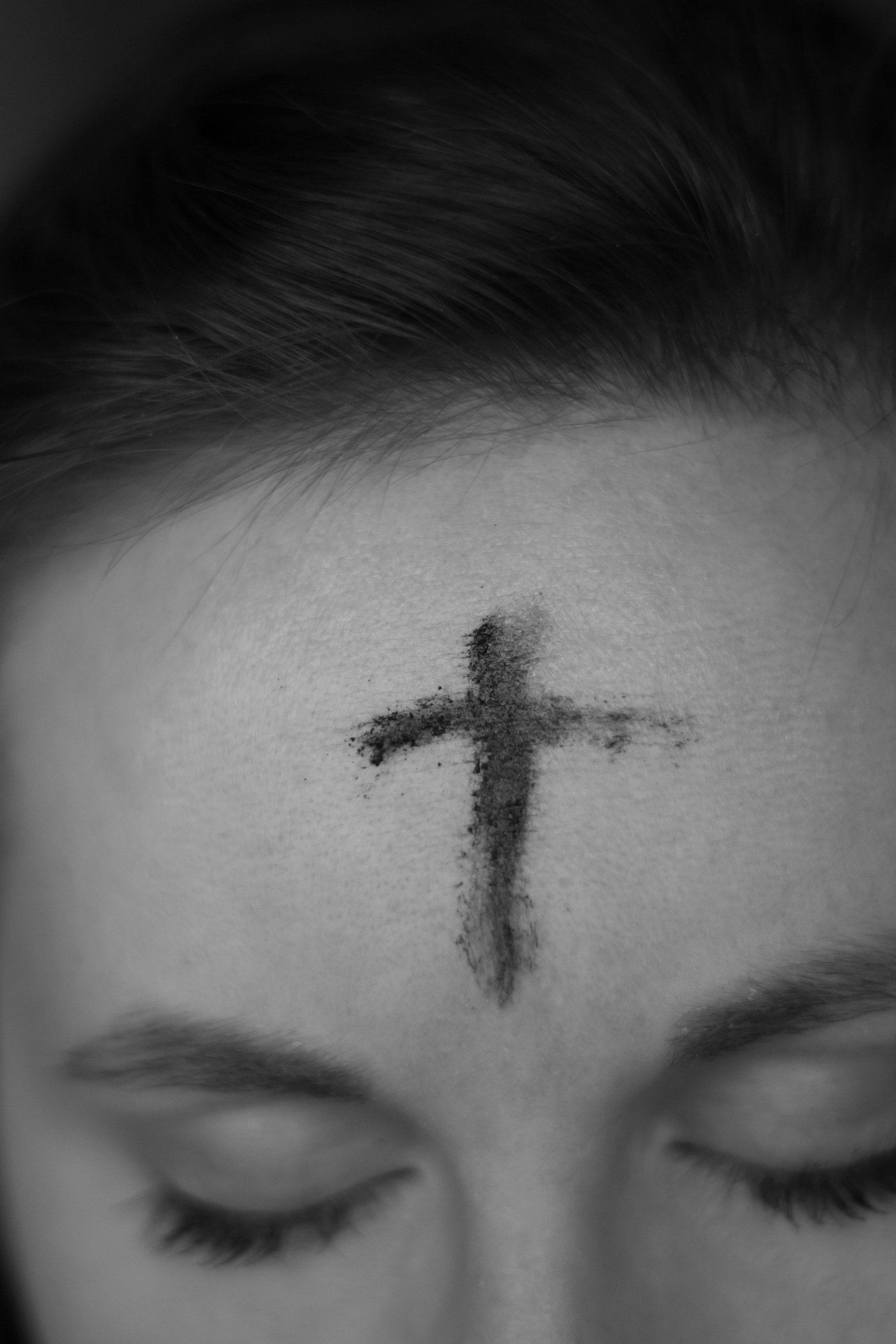We'll gather together in the sanctuary for a bilingual reflective time of worship and the imposition of ashes to mark the beginning of the time of Lent.
Nos reuniremos en el santuario para un tiempo de adoración reflexiva bilingüe y la imposición de cenizas, marcando el comienzo del tiempo de Cuaresma.
What is Ash Wednesday? (¿Qué es el Miércoles de Ceniza?)
Ash Wednesday is the first day of the season of Lent, the 40-day period before Easter (not including Sundays). Lent is a season of reflection, repentance, and fasting that prepares us for Christ’s resurrection on Easter Sunday. Christians, for centuries, have celebrated these 40 days leading up to Easter as a way of remembering the 40 days that Jesus fasted in the wilderness prior to beginning His ministry. During this season, we focus on the battle Christ fought against sin and Satan in order to win our salvation.
El Miércoles de Ceniza es el primer día de la temporada de Cuaresma, un período de 40 días antes de la Pascua (sin contar los domingos). La Cuaresma es un tiempo de reflexión, arrepentimiento y ayuno que nos prepara para la resurrección de Cristo el Domingo de Pascua. Durante siglos, los cristianos han celebrado estos 40 días previos a la Pascua como una forma de recordar los 40 días que Jesús ayunó en el desierto antes de comenzar su ministerio. En esta temporada, nos enfocamos en la batalla que Cristo libró contra el pecado y Satanás para obtener nuestra salvación.
Why do we wear ashes? (¿Por qué usamos cenizas?)
In Old Testament times, people marked seasons of fasting, prayer, repentance, and remorse by placing ashes on their heads (2 Samuel 13:19, Esther 4:1-3, Job 42:6, Jeremiah 6:26, Jonah 3:6). Throughout time, Christians adopted this practice by rubbing the ashes onto their foreheads in the shape of a cross. The ashes remind us of our mortality and of the remorse we should feel for our sins, which lead us to repentance during this season of Lent.
En tiempos del Antiguo Testamento, las personas marcaban períodos de ayuno, oración, arrepentimiento y dolor colocando cenizas sobre sus cabezas (2 Samuel 13:19, Ester 4:1-3, Job 42:6, Jeremías 6:26, Jonás 3:6). Con el tiempo, los cristianos adoptaron esta práctica, frotando las cenizas en sus frentes en forma de cruz. Las cenizas nos recuerdan nuestra mortalidad y el remordimiento que debemos sentir por nuestros pecados, lo que nos lleva al arrepentimiento durante esta temporada de Cuaresma.



